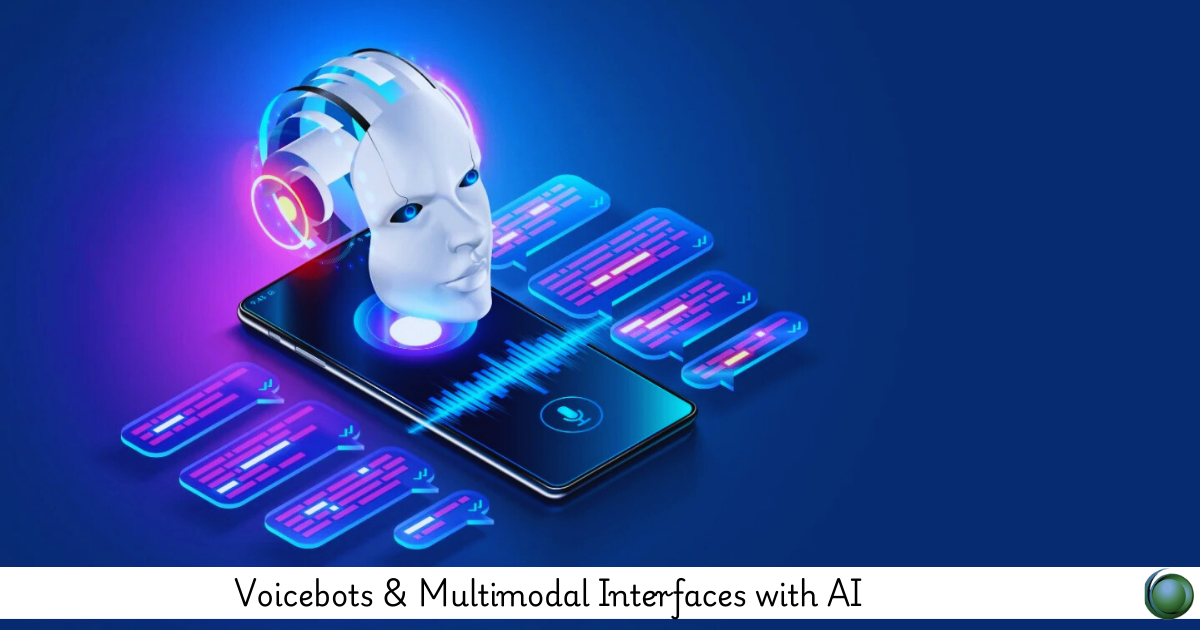Description
Introduction
As digital interactions evolve, users expect more intuitive, natural, and seamless experiences. Voicebots and multimodal interfaces combine speech, text, images, and gestures to enable smarter, more engaging human-AI communication. This course explores how to design and develop AI-powered systems that work across multiple channels, including voice, chat, visual UI, and even AR/VR interfaces. You’ll learn how to leverage NLP, speech recognition, and AI design principles to build applications that feel conversational and intelligent—on any device.
Prerequisites
-
Familiarity with NLP and basic chatbot development
-
Understanding of speech recognition and synthesis (e.g., Google Cloud Speech, Amazon Polly)
-
Basic front-end/UI knowledge (optional but helpful)
-
Python programming and REST APIs
-
Interest in UX/UI and human-centered AI design
Table of Contents
1. Introduction to Voice and Multimodal AI
1.1 What is Multimodal Interaction?
1.2 Key Components: Voice, Visual, Gesture, and Text
1.3 Why Multimodal Matters in AI and UX
1.4 Industry Use Cases and Adoption Trends
2. Voicebots: Core Technologies
2.1 Speech-to-Text (STT) and Automatic Speech Recognition (ASR)
2.2 Natural Language Understanding (NLU) for Voice
2.3 Text-to-Speech (TTS) and Voice Synthesis
2.4 Voice Platforms: Alexa, Google Assistant, Twilio, Dialogflow
3. Designing Multimodal Experiences
3.1 Conversation Design Across Channels
3.2 Visual and Voice Synchronization
3.3 Adaptive User Interfaces
3.4 Accessibility and Inclusive Design
4. Building Voice-Enabled Applications
4.1 Tools and Frameworks for Voicebot Development
4.2 Integrating Speech APIs with Chatbot Flows
4.3 Managing Multi-Turn Voice Conversations
4.4 Handling Noisy Input and Fallbacks
5. Multimodal Interfaces in Action
5.1 Combining Voice with Visual Dashboards
5.2 AI in AR/VR: Voice and Gesture Control
5.3 Chat + Voice Assistants on Web and Mobile
5.4 Multimodal in Customer Service, Retail, and Healthcare
6. Analytics, Testing & Optimization
6.1 Capturing Interaction Metrics Across Modes
6.2 Voicebot Testing Tools and Simulators
6.3 Improving Accuracy and UX Through Feedback
6.4 Real-time Monitoring and Performance Tuning
7. Future Trends & Ethical Considerations
7.1 Emotion AI and Sentiment-Aware Interfaces
7.2 Multilingual and Code-Switching Capabilities
7.3 Privacy and Voice Data Governance
7.4 Human-AI Co-Presence and Digital Empathy
Voicebots and multimodal AI interfaces are redefining how people interact with technology—from hands-free assistants to immersive digital environments. This course empowers you with the tools, design frameworks, and real-world examples needed to build intelligent systems that speak, listen, show, and respond in more human-like ways. Mastering these interfaces will place you at the forefront of the next wave in AI-powered UX.







Reviews
There are no reviews yet.